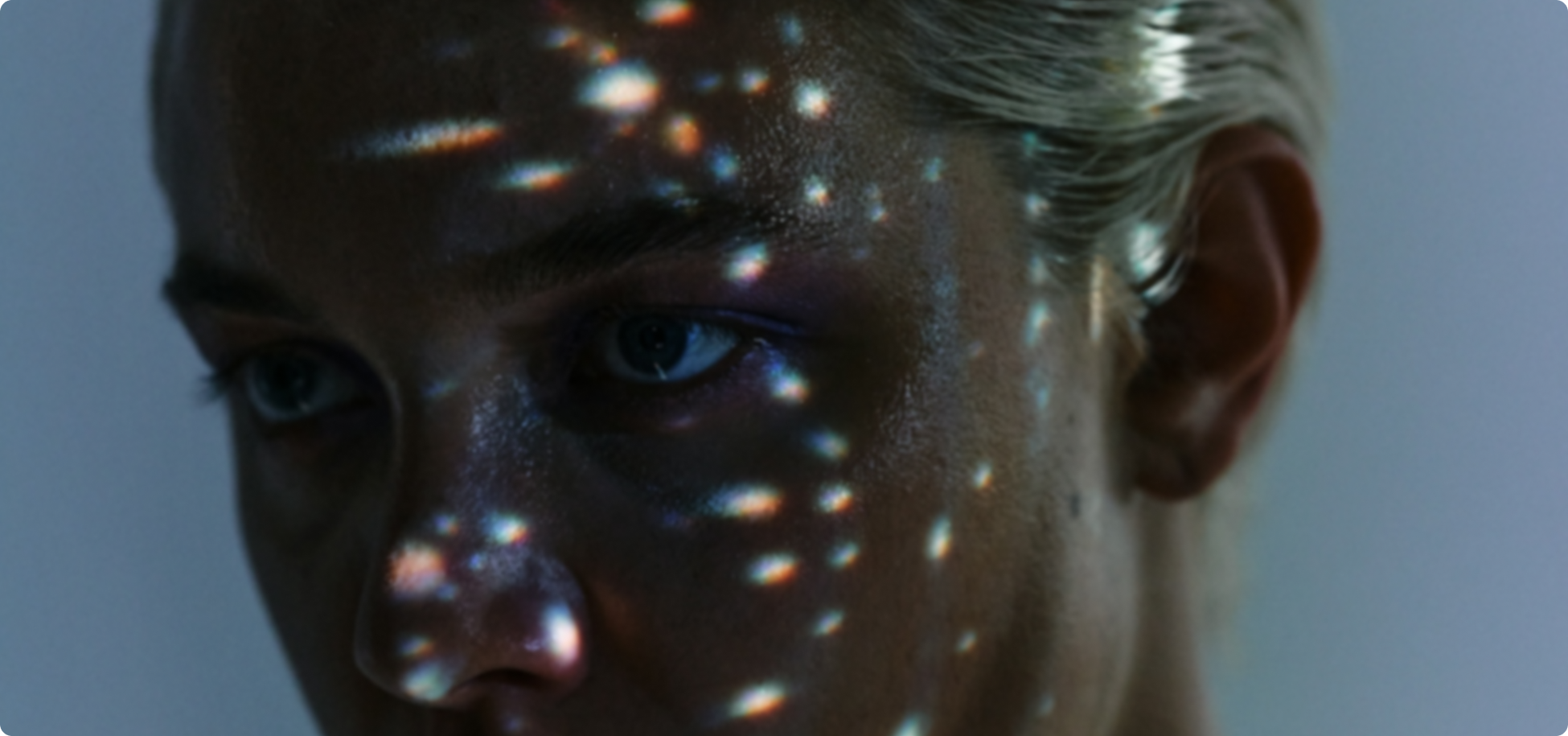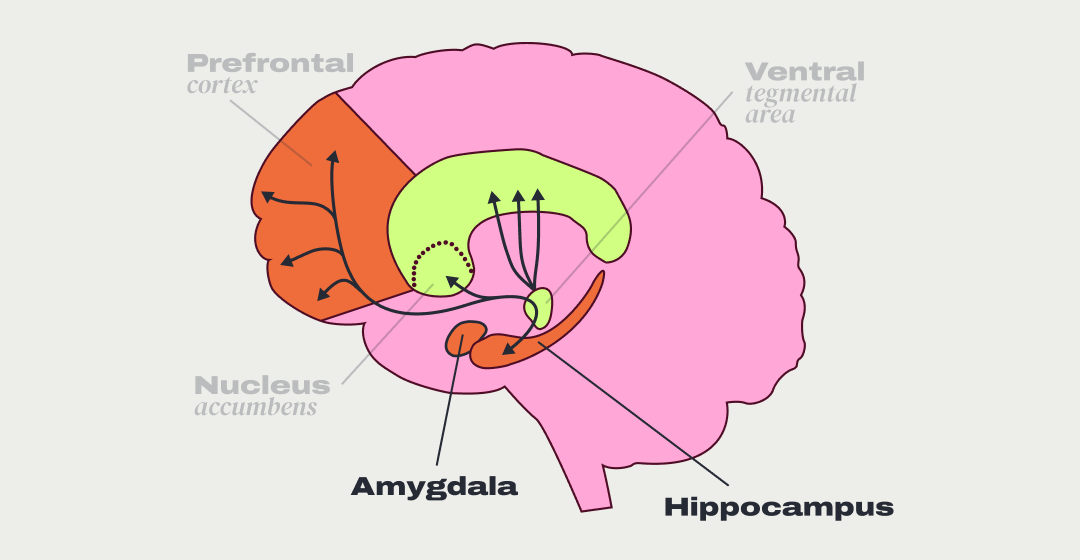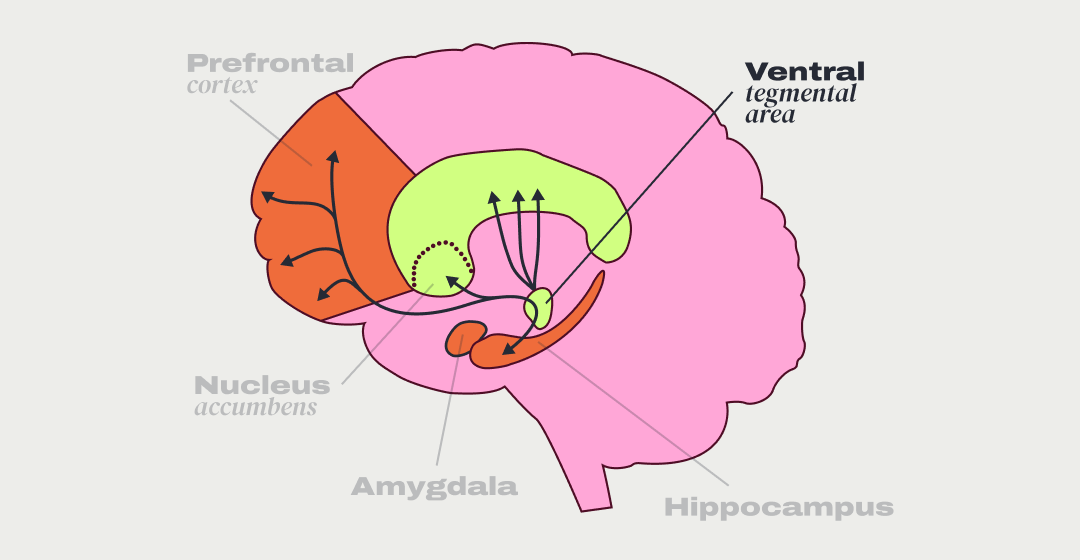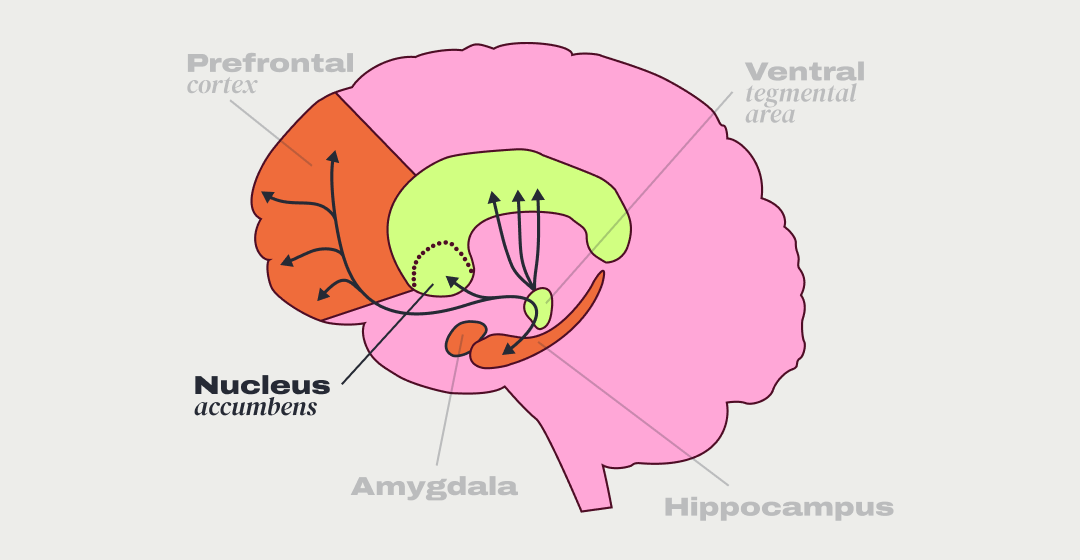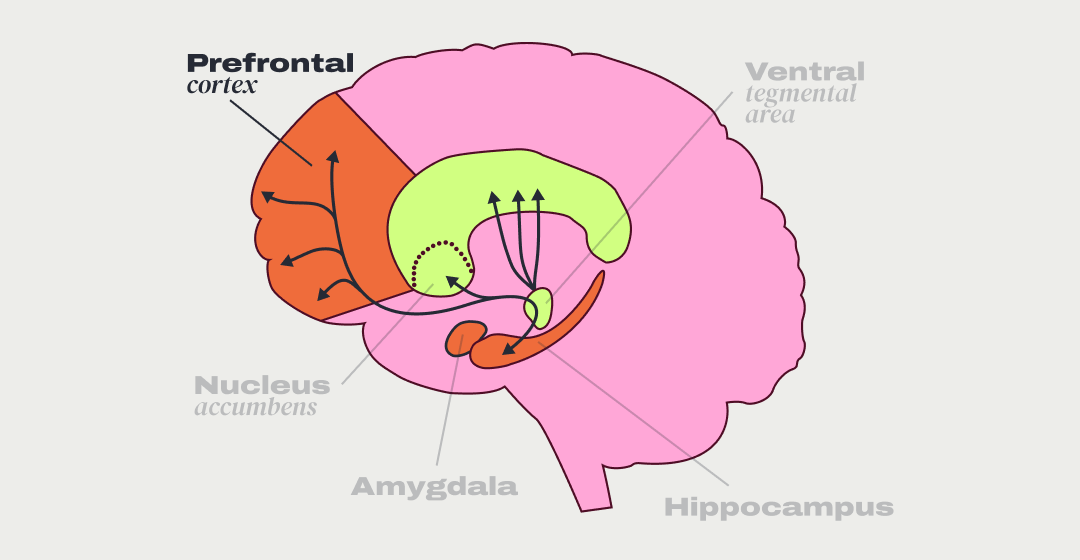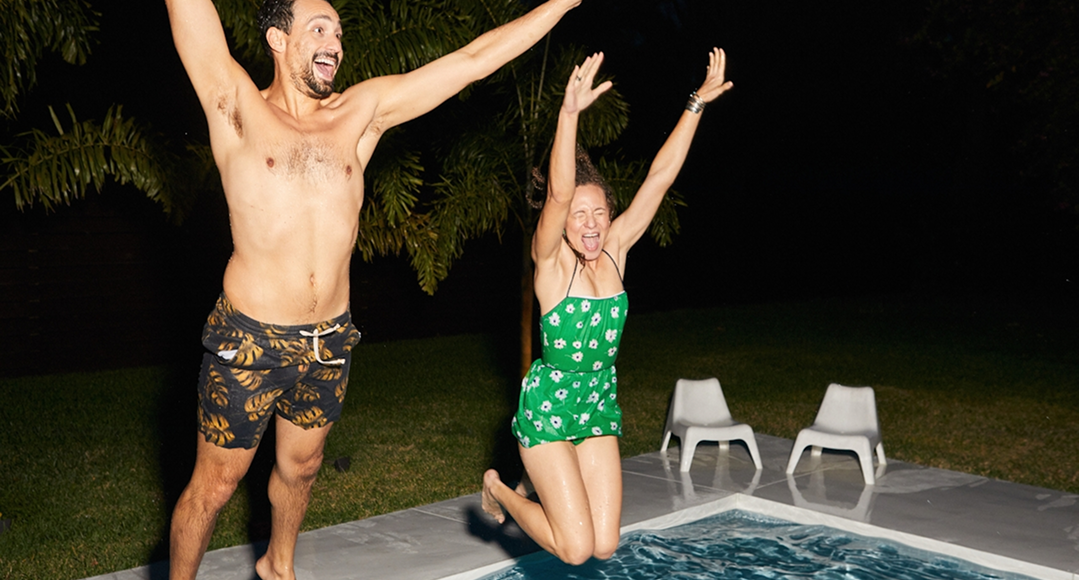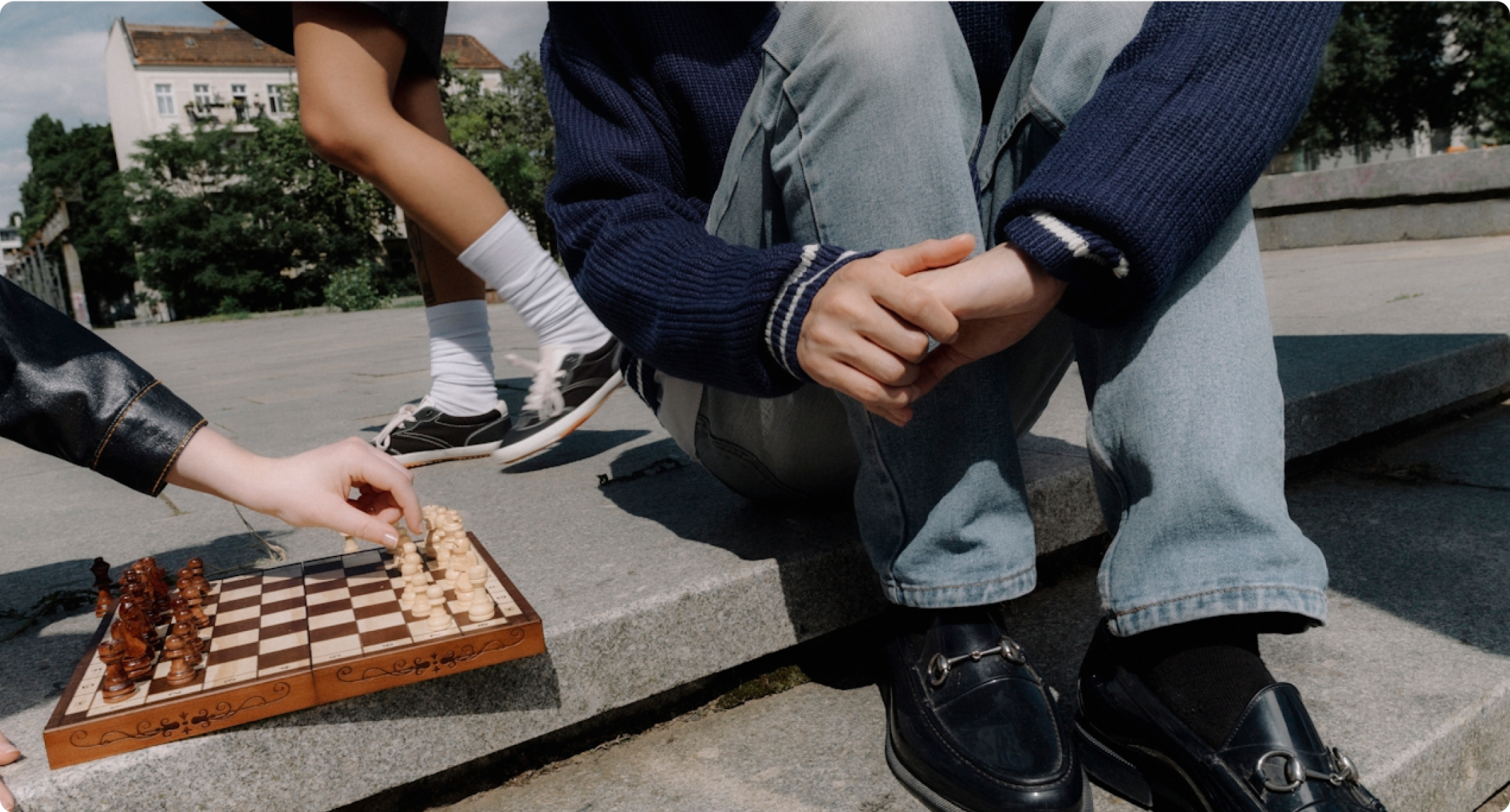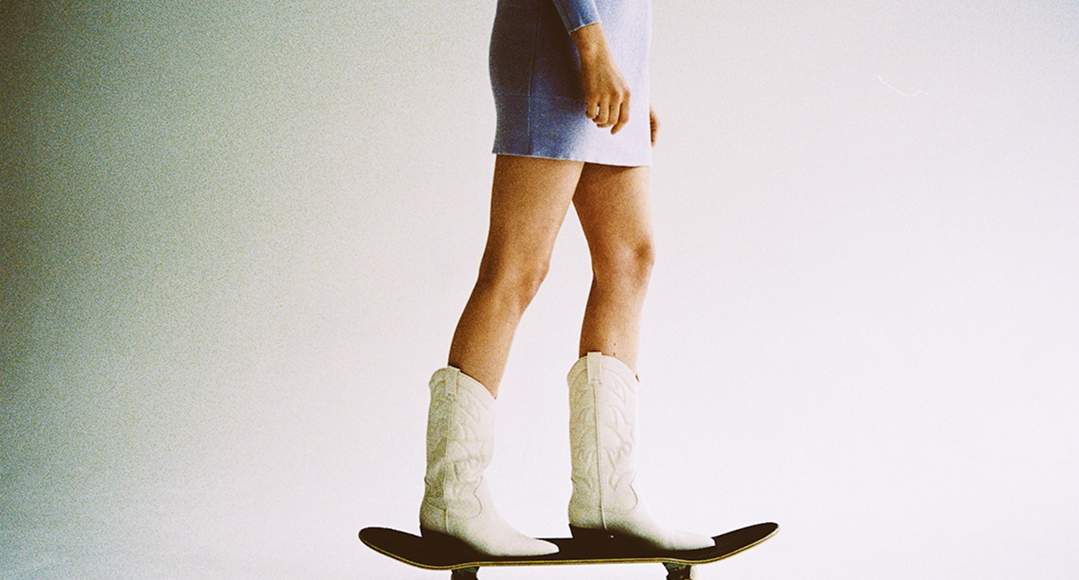Player Gene
The Player Gene:why we're wiredto play, Part 2.
The science behind play: why your lizard brain loves a good game.
The science of play X The science of play X The science of play X The science of play X The science of play X The science of play X The science of play X The science of play X The science of play X The science of play X The science of play X The science of play X The science of play X The science of play X The science of play X The science of play X The science of play X The science of play X The science of play X The science of play X
Why play feelslike magic(spoiler:it’s science).
Play isn’t just for kids—it’s how we’ve always learned to survive and thrive. Think about it: for thousands of years, across every culture, humans have laughed, competed, and imagined their way through life.
Play isn’t a luxury; it’s etched into who we are. Take creativity, problem-solving, or even building friendships—play isn’t just fun, it’s fuel.
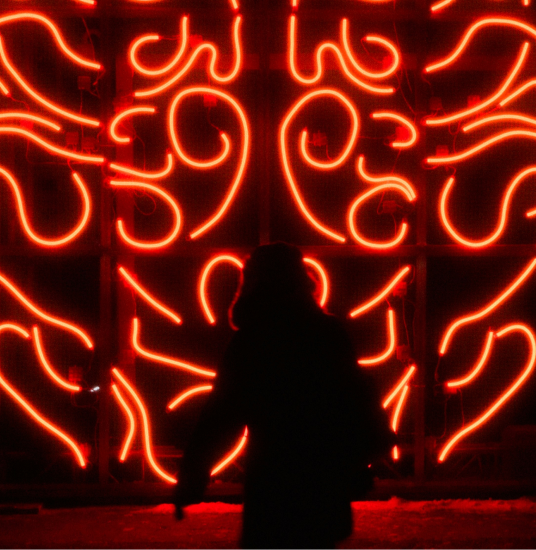

Our brains literally light up with dopamine, a chemical high-five that rewards us for doing the very things that keep us sharp and connected.
But here’s the cool part: it’s not just about the reward itself. Our brains get a dopamine hit before we even achieve the goal, like a little voice saying, “Keep going, this’ll be worth it!” That’s why we’ll grind through a tough video game level or chase a big idea—our biology is wired to keep us curious and hungry.
Breaking down the dopamine magic X Breaking down the dopamine magic X Breaking down the dopamine magic X Breaking down the dopamine magic X Breaking down the dopamine magic X Breaking down the dopamine magic X Breaking down the dopamine magic X Breaking down the dopamine magic X Breaking down the dopamine magic X Breaking down the dopamine magic X Breaking down the dopamine magic X Breaking down the dopamine magic X Breaking down the dopamine magic X Breaking down the dopamine magic X Breaking down the dopamine magic X Breaking down the dopamine magic X Breaking down the dopamine magic X Breaking down the dopamine magic X Breaking down the dopamine magic X Breaking down the dopamine magic X
So how doesthis magic work?
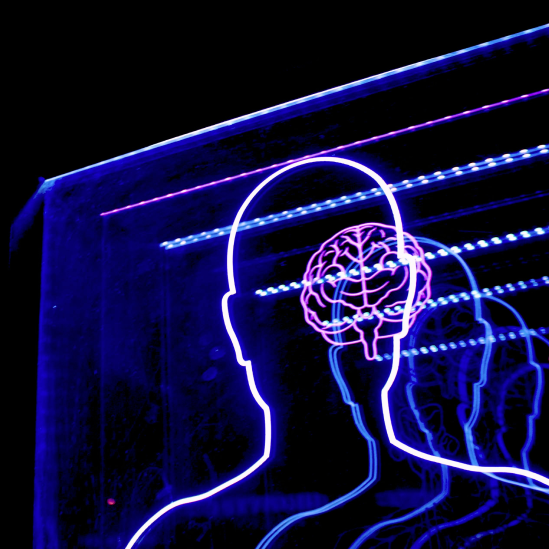

From an evolutionary lens, our brains are built to crave what helps us survive—food, connection, play. The dopamine system is like a behind-the-scenes coach, pushing us toward things that feel good.
Let’s break it down (don’t worry, no jargon here).
Dopamine Reward System 101 X Dopamine Reward System 101 X Dopamine Reward System 101 X Dopamine Reward System 101 X Dopamine Reward System 101 X Dopamine Reward System 101 X Dopamine Reward System 101 X Dopamine Reward System 101 X Dopamine Reward System 101 X Dopamine Reward System 101 X Dopamine Reward System 101 X Dopamine Reward System 101 X Dopamine Reward System 101 X Dopamine Reward System 101 X Dopamine Reward System 101 X Dopamine Reward System 101 X Dopamine Reward System 101 X Dopamine Reward System 101 X Dopamine Reward System 101 X Dopamine Reward System 101 X
- [001]The motivation engine
- [002]The satisfaction switch
- [003]The decision-maker
- [004]The memory vaults
Or Nucleus Accumbens (NAc)—When dopamine floods this spot, it’s pure bliss. That “YES!” feeling when you win a game or solve a puzzle? That’s here. It’s why you want to do it all over again.
The prefrontal cortex (PFC)—This is your inner strategist. It weighs whether climbing that mountain (literal or metaphorical) is worth the effort, helping you stay focused on goals instead of getting distracted by, say, TikTok.
The amygdala and hippocampus—These regions store emotional memories. Remember how fun that last game night was? They’ll nudge you to do it again, turning fleeting fun into lifelong habits.
This happens through the dopamine reward system, a network in the brain that pushes us toward things that feel good.
Because dopamine kicks in before and during the reward, it’s not strictly about instant gratification and more about keeping us hooked on growth. It’s why toddlers stack blocks for hours, why artists lose track of time painting, and why you’ll binge a puzzle until 2 a.m. Play isn’t just entertaining—it’s a biological tool for staying curious, resilient, and alive.
PLAY IS ADAPTABILITY X PLAY IS ADAPTABILITY X PLAY IS ADAPTABILITY X PLAY IS ADAPTABILITY X PLAY IS ADAPTABILITY X PLAY IS ADAPTABILITY X PLAY IS ADAPTABILITY X PLAY IS ADAPTABILITY X PLAY IS ADAPTABILITY X PLAY IS ADAPTABILITY X PLAY IS ADAPTABILITY X PLAY IS ADAPTABILITY X PLAY IS ADAPTABILITY X PLAY IS ADAPTABILITY X PLAY IS ADAPTABILITY X PLAY IS ADAPTABILITY X PLAY IS ADAPTABILITY X PLAY IS ADAPTABILITY X PLAY IS ADAPTABILITY X PLAY IS ADAPTABILITY X
Play is the secret sauce of growing up (and staying sharp). It isn’t just a childhood phase—it’s the ultimate training ground for life. Jean Piaget, the legendary child psychologist, nailed it: “Play is the answer to how anything new comes about.”
In short, playing is learning.


Kids aren’t just goofing off when they pretend to be astronauts or build forts. They’re learning to negotiate, innovate, and collaborate—skills that shape their brains for adulthood. And guess what? Adults need play just as much. Board games, sports, even improv classes aren’t just hobbies; they’re ways to rewire our brains for creativity and adaptability.
The social impact of play X The social impact of play X The social impact of play X The social impact of play X The social impact of play X The social impact of play X The social impact of play X The social impact of play X The social impact of play X The social impact of play X The social impact of play X The social impact of play X The social impact of play X The social impact of play X The social impact of play X The social impact of play X The social impact of play X The social impact of play X The social impact of play X The social impact of play X
Play brings us together.
Ever noticed how strangers become friends over a game of pickup basketball or a trivia night? Play is a universal language. It breaks down barriers, builds trust, and turns “me” into “we.”
Even at work, play isn’t a distraction—it’s a supercharger. Studies show teams that laugh and experiment together—basically, teams that play—see productivity jump by 20%. Imagine turning a boring meeting into a brainstorming game or celebrating wins with a silly office tradition. Play isn’t just for kids; it’s the glue of human connection.






Dr. Stuart Brown, a pioneer in play research, puts it perfectly: “Play is the stick that stirs the drink. It is the basis of all art, games, books, sports, movies, fashion, fun, and wonder—in short, the basis of what we think of as civilization. Play is the vital essence of life. It is what makes life lively.”
Play's therapeutic edge X Play's therapeutic edge X Play's therapeutic edge X Play's therapeutic edge X Play's therapeutic edge X Play's therapeutic edge X Play's therapeutic edge X Play's therapeutic edge X Play's therapeutic edge X Play's therapeutic edge X Play's therapeutic edge X Play's therapeutic edge X Play's therapeutic edge X Play's therapeutic edge X Play's therapeutic edge X Play's therapeutic edge X Play's therapeutic edge X Play's therapeutic edge X Play's therapeutic edge X Play's therapeutic edge X
Play:the ultimatereset button.
Here’s the thing: play isn’t just about feeling good. It’s a survival tool. When we’re stressed, activities like dancing, hiking, or even a Nerf gun battle flood our bodies with endorphins—nature’s painkillers and mood boosters. These chemicals don’t just numb discomfort; they help us relax, reboot, and tackle challenges with fresh eyes. In a world obsessed with hustle, play is rebellion. It’s permission to experiment, fail, and try again without pressure. Whether you’re sketching doodles, gardening, or mastering a guitar riff, play reminds us that growth doesn’t have to feel like work.
So go ahead—build that pillow fort, join a community theater, or challenge a friend to Mario Kart. Your brain (and your inner child) will thank you. After all, play isn’t just survival… it’s how we learn to live.
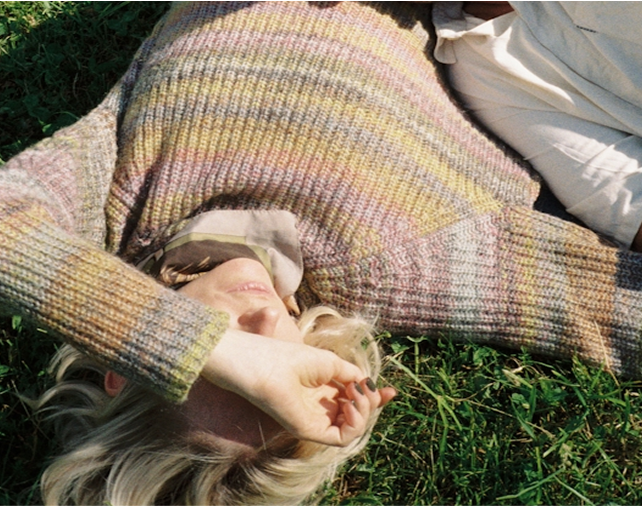

What's next? X What's next? X What's next? X What's next? X What's next? X What's next? X What's next? X What's next? X What's next? X What's next? X What's next? X What's next? X What's next? X What's next? X What's next? X What's next? X What's next? X What's next? X What's next? X What's next? X
What’s next? In part 3 of The Player Gene series, we’ll dive into the different player archetypes or profiles because one-size-fits-all isn’t it. Stay tuned!
